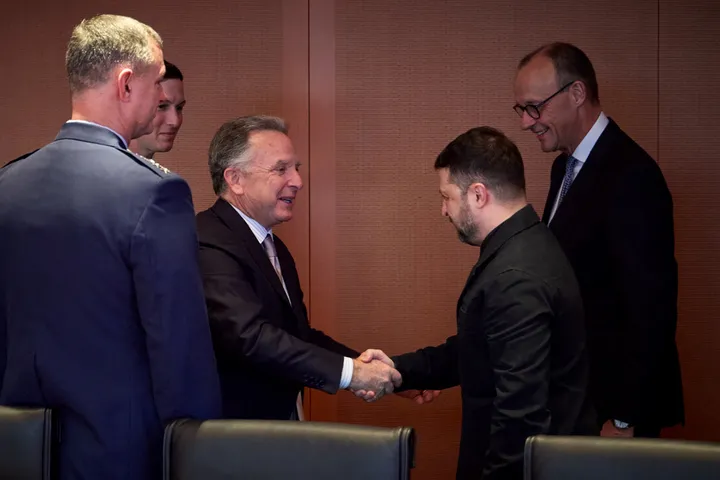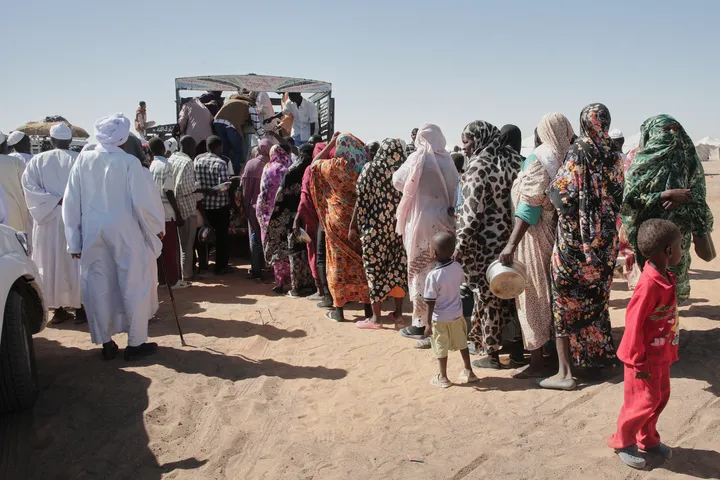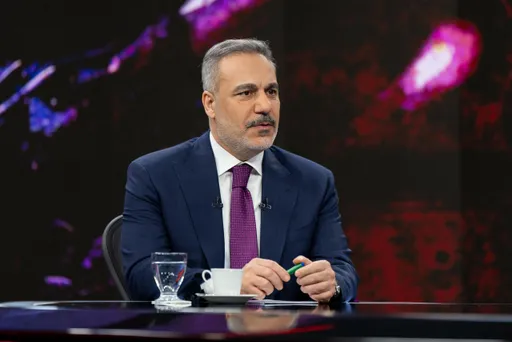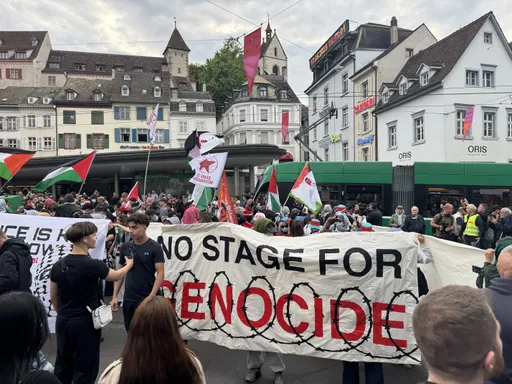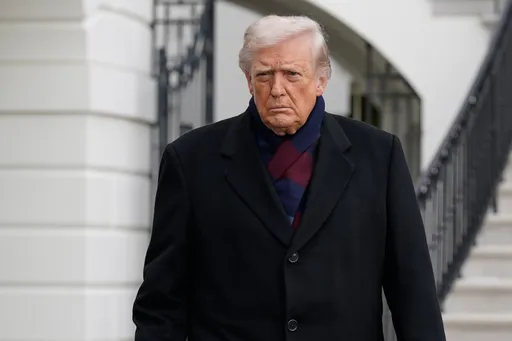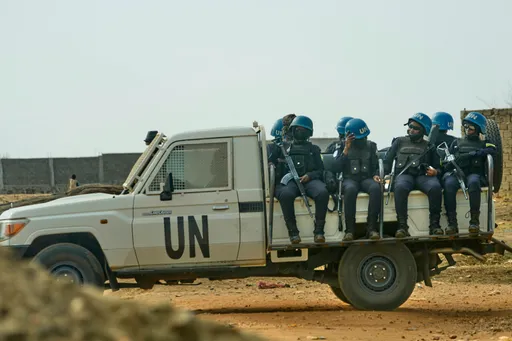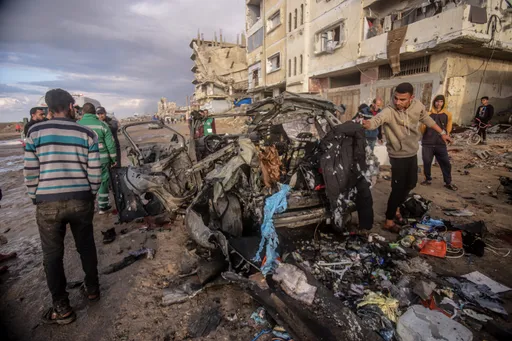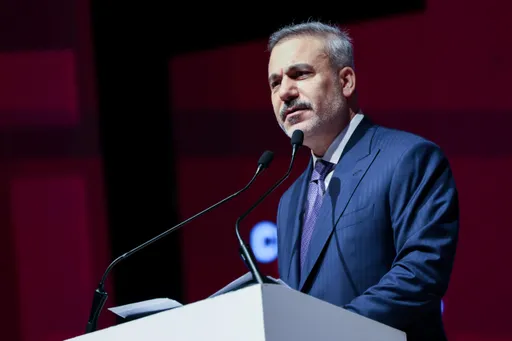It was with a flurry of artillery shells and missiles that the Russian-brokered ‘reconciliation’ agreement between the regime of Bashar al Assad and Syrian rebel forces in Daraa fell apart in Syria at the end of last week.
As the regime launched a ground offensive against the birthplace of Syria’s revolution, 23 people, including children, were left dead. By Friday morning, after facing fierce resistance, the regime halted its offensive.
But this ceasefire-within-a-ceasefire proved to be neither indefinite nor unconditional.
The regime has vowed to continue the bombardment unless the province is cleansed of rebel leaders. Russian attempts to mediate have failed, with Damascus requesting nothing short of complete control over Daraa. The peoples’ delegation representing Daraa have rejected this, knowing such a deal would be to sign their own death warrants; the Syrian regime, in its characteristic terroristic and genocidal manner, has now vowed to ‘eradicate’ Daraa city.
This latest confrontation in Daraa ought to come as no surprise for many reasons. Daraa was different. Unlike most other areas of Syria brutally conquered by Assad, where rebels and rebel-supporting populations have been cleansed and fallen under total regime authority, Russia intervened directly in Daraa to create what was supposed to be a flagship ‘reconciliation’ deal.
The province would be split into two – the East of the province would fall under the absolute control of the Assad regime, while the Western side, which borders Israel, would be controlled by rebel forces who would give up the armed struggle against Assad.
The rebels would be integrated into an autonomous ‘Fifth Corps’ of the Syrian Arab Army, which would function as the main security force, alongside Russian military police.
An attempt at international display
Russia had numerous motivations for doing this, including the threat of extensive Israeli military action if Iran, which controls much of Assad’s ground forces, controlled part of its border with Syria. But Russia also sensed an opportunity to situate itself as the main security guarantor to US allies such as Israel and Jordan.
It was, in effect, Russia flexing its imperialist muscles. Its attempt to demonstrate to the world that though it had spent the last few years destroying much of Syria, it could also provide the ‘stability’ that neighbouring states crave.
But the deal was always built on sand. The local Daraa rebels weren’t simply going to forget the genocidal war that Assad unleashed against them, while Assad wasn’t going to simply give up the main aim of that genocidal war, namely, total conquest.
In the years since the deal was struck, Assad’s rump state has fallen to complete economic ruin, with the risk of starvation gripping much of the country – the deal saw independent humanitarian charities, providing much needed aid to the residents, driven out of the province, replaced by weak regime-provided services.
Russian and Iranian weakness in this area have only been exacerbated by Covid-19. Russia has tried, and unsurprisingly failed, to force Assad to clamp down on corruption that drains the state’s already sparse resources, but it’s this corruption that allows his regime to function.
Instead, Assad has tried to clamp down on Daraa, with numerous attempts to conquer the area incrementally, as well as continuing to unlawfully detain opposition figures.
It’s no surprise that since the deal was struck, Daraa has been a site of numerous significant protests against Assad. The regime has retaliated by continuously breaking the agreement, carrying out assassinations of opposition leaders, which led to the retaliatory assassination of regime figures in December 2020.
This was the inciting incident behind the first collapse of the deal, with Assad’s forces threatening invasion. Russia scrambled to use the alleged presence of Daesh as a pretext, just in case it had to justify the kind of mass murder and cleansing that accompanied the conquering of Free Aleppo.
Eventually another Russia-brokered negotiation involving Daraa’s democratically elected central committee and regime forces stalled full-on regime retaliation, but the underlying causes of the constant friction between rebel-run Daraa and the regime have not even remotely been addressed.
Russia’s colonial vision
The reality is that Russia is incapable of addressing them. The most recent regime attack on Daraa was the culmination of tensions that have been building since the democratically minded leadership in rebel-held Daraa boycotted and openly mocked the sham presidential elections that saw Assad win with 95 percent of the vote.
Despite Russia’s assurances to the contrary, Assad has only ever seen the deal as temporary. The rebellious and democratic nature of Daraa has become a major thorn in his side, especially as the chances of popular unrest become increasingly likely with the declining economic situation. For Russia, it will no doubt keep Assad on a leash for now, though this attack is bad news for its long-term goals in Syria.
It’s no secret that the Saudi and Emirati vision for the region now involves some level of reconciliation with Assad. Several members of the Arab League, including Egypt and Kuwait, openly backed Assad’s recent election – the direction of travel in the Arab world is to view Syria as a major geopolitical prize and, perhaps more importantly, as a site of potential economic exploitation as Russia advertises its ‘reconstruction’.
Russia’s role in Syria ought to be considered as the most crude colonialism – its attempts to foster ‘reconciliation’ in Daraa, are really all about its attempts to carve out a new rump state that can be exploited for years to come.
Though it has in the past attempted unsuccessfully to use the resettlement of refugees to shakedown the West, it is now focussing on the economic normalisation of relations between Saudi, the Emirates and the Arab world with Baathist Syria - all the better for it to reap the financial rewards from potential reconstruction projects in the country it has played a mighty hand in destroying.
But a precondition for this is some level of prolonged internal stability. The Assad regime’s parochial tyranny doesn’t fit with Russia’s grand colonial vision. Thus, with the regime launching such a ferocious attack on Daraa, not only do we once again glimpse the truly genocidal nature of Assad’s agenda, but we witness the limits of Russia’s power in the country.
The main fear is that Russia returns to doing what it does best – eventually deciding that the risks of the destruction of ‘Free Daraa’, as some call it, outweigh the benefits of letting it function in peace.


